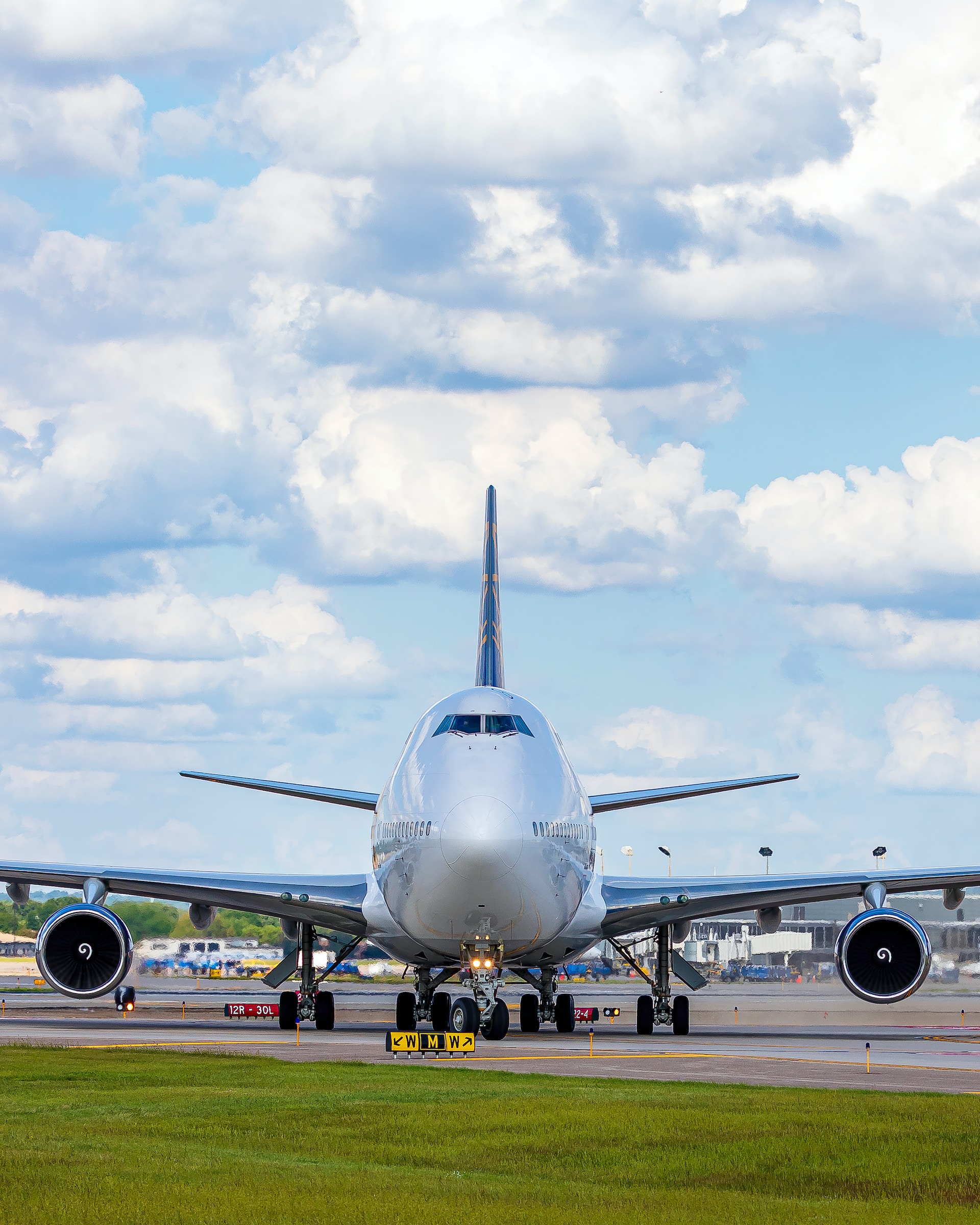Air travel has revolutionized the way we travel, connecting people around the world in a matter of hours. However, long-haul flights can be taxing for passengers, with extended periods of sitting, disrupted sleep, and jetlag. In an effort to make these journeys more comfortable and efficient, airlines are turning to artificial intelligence (AI) to improve the experience for passengers and reduce costs.
Over the past few years, several airlines have started using AI to optimize flight paths, reduce fuel consumption, and enhance passenger comfort. For example, Air New Zealand is using an AI-powered chatbot called “Oscar” to answer passengers’ questions about flights, baggage, and travel documents. The chatbot has reduced the airline’s call center volume by 30% and improved the customer experience.
Another example is Emirates, which has implemented AI-powered predictive maintenance to reduce the time aircraft spend on the ground for repairs. The technology helps detect potential issues before they become major problems, allowing the airline to schedule maintenance during regular turnarounds, reducing the need for longer maintenance checks that can cause delays.
However, one of the most promising applications of AI in air travel is for ultra-long-haul flights. Airlines are using AI to optimize flight paths, reducing flight time, and fuel consumption. This not only makes the journey more efficient but also reduces the airline’s carbon footprint.
For example, Qantas is planning to launch the first non-stop flight from Australia to London in 2023, a journey that will take around 20 hours. The airline is using data analytics and machine learning to analyze weather patterns, wind speeds, and other factors to determine the most efficient flight path. The technology will also help the airline determine the optimal time to take off and land, reducing fuel consumption and improving the passenger experience.
Singapore Airlines has also implemented AI for ultra-long-haul flights. The airline uses a digital operations center to monitor its fleet in real-time and make data-driven decisions to optimize flight paths and reduce fuel consumption. The system also monitors weather patterns and adjusts flight paths accordingly, reducing turbulence and improving the passenger experience.
In addition to optimizing flight paths and reducing fuel consumption, airlines are also using AI to improve passenger comfort on ultra-long-haul flights. For example, Air France is using AI to predict passenger behavior and adjust cabin lighting, temperature, and other factors to improve sleep quality and reduce jetlag. The airline is also using AI to recommend personalized meal options based on passengers’ dietary preferences and travel history.
While AI has the potential to revolutionize air travel, there are also concerns about its impact on jobs and safety. Some experts argue that AI could lead to job losses for pilots and other airline employees. There are also concerns about the safety of AI-powered aircraft, with some experts warning that the technology is still in its early stages and could pose risks if not implemented properly.
Despite these concerns, airlines are pushing forward with AI, seeing it as a way to improve the passenger experience and reduce costs. As AI technology continues to advance, it is likely that we will see even more innovative applications in air travel, making ultra-long-haul flights more comfortable and efficient than ever before.




